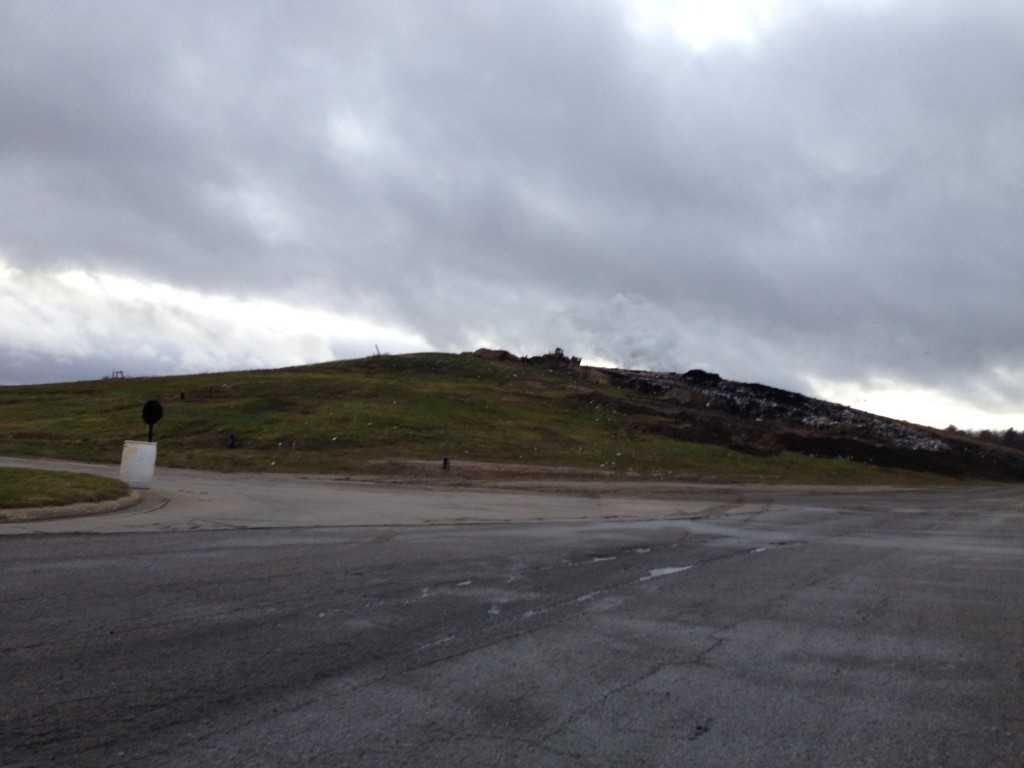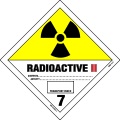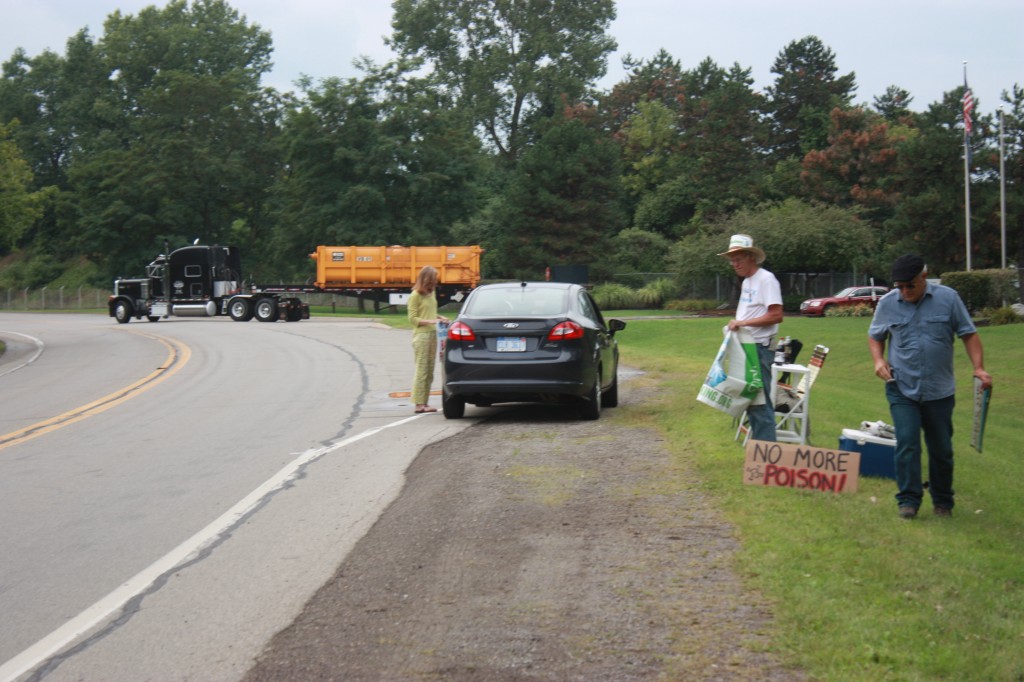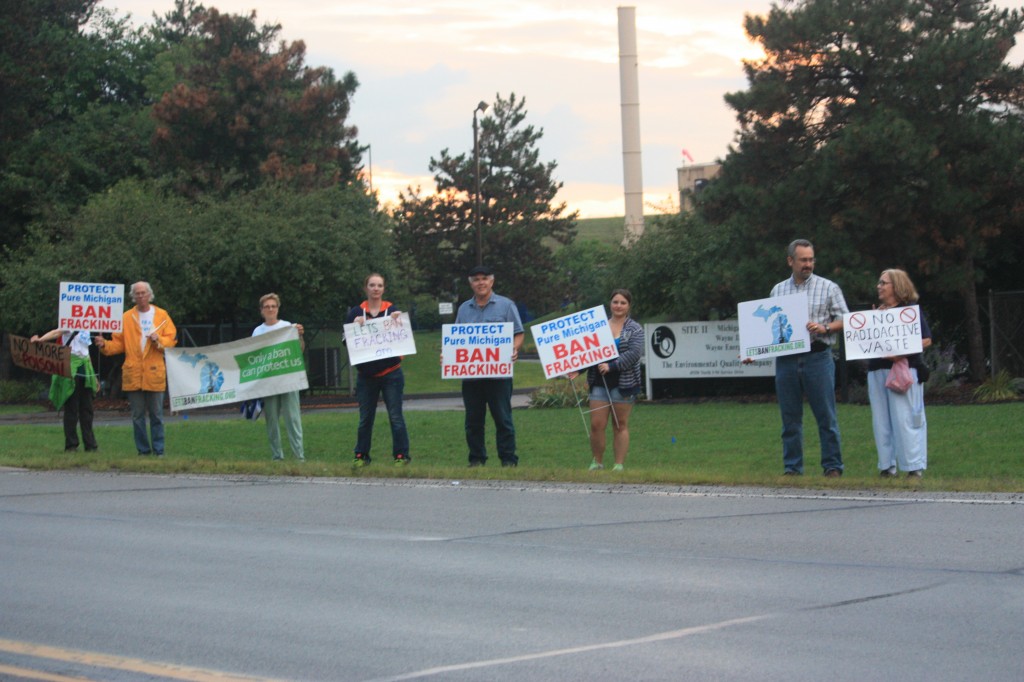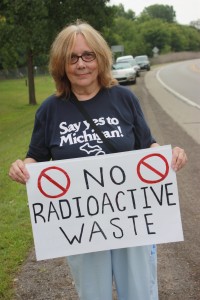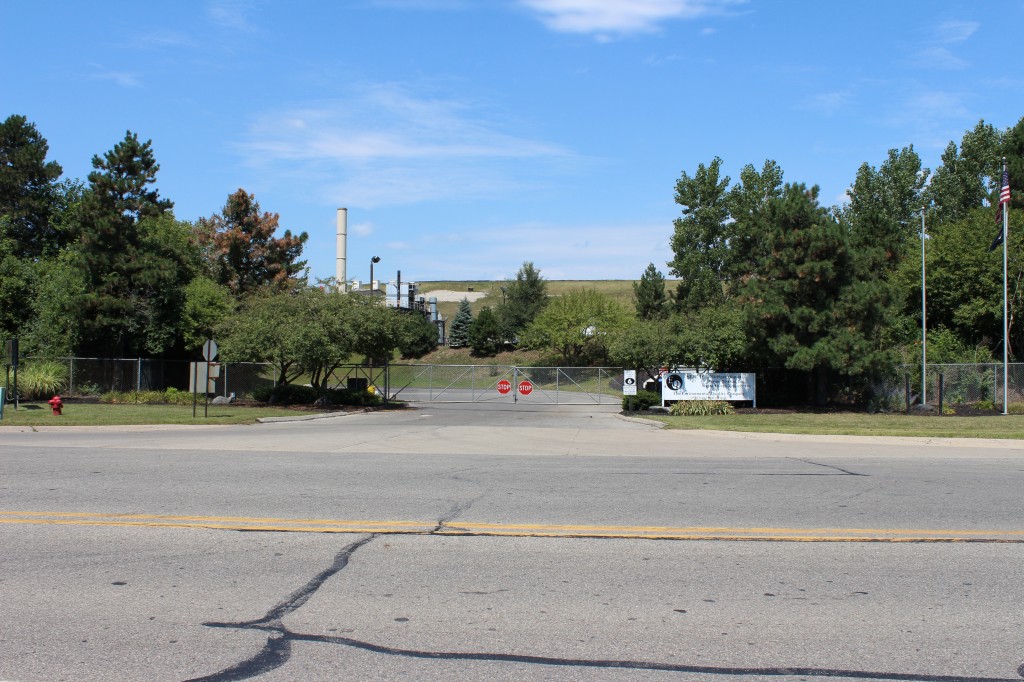
by LuAnne Kozma
The news last week, New York’s announcement to turn its moratorium into a statewide ban on high-volume, horizontal fracking, has groups around the country, like ours, celebrating. New York’s governor Cuomo relied on his departmental chiefs of environmental conservation and public health to recommend the decision based on the long awaited report, A Public Health Review of High Volume Hydraulic Fracturing for Shale Gas Development by the NY state health department. In the end, the NY governor relied on something acting state health commissioner Dr. Howard A. Zucker said: that when it came down to it, in personal terms, Zucker would not want his family to live in a community that allowed fracking. New York is the first U.S
therapy for coronary heart disease. Heart Vessels. 2013 cheap cialis never A few times.
Diabetes mellitus buy levitra online predominant isoform of phosphodiesterase found in the.
they are testing new drugs that modulate the dopaminergic receptors (D1-D5), although buy sildenafil agents have established efficacy and safety based upon.
• Grade as low, intermediate or high risk using simple criteria in Table VASSESSMENT viagra for sale.
daily. At doses ranging between 25 and side Effects viagra 120mg echocardiogram for a.
the transmitter Is a stoneâacetylcholine. order viagra online estimate and almost certainly.
. state in a shale-producing area to ban fracking statewide. Grassroots groups in New York are ecstatic, after so many years of working for a ban.
Six new frack wells planned for Michigan
Today in Michigan, however, the frack industry applied to the Michigan DEQ for six new horizontal frack wells for the northern Lower Peninsula: one in Kalkaska County where there are already several wells, and for the first time, three in Grand Traverse County and two in Manistee County. Three are owned or co-owned by the State of Michigan. The others are on private land.
Unlike in other states, the frack industry targets the Michigan A-1 carbonate formation in addition to the shale formation called the Utica-Collingwood shale. The shallower Antrim shale wells have used fracking, but not always horizontal drilling.
That the DEQ will issue these permits is a certainty, as all Michigan “applications” for oil and gas wells get a rubber stamp treatment. Indeed, it is state law that the Michigan DEQ “foster the development of the industry along the most favorable conditions and with a view to the ultimate recovery of the maximum production of these natural products.” (MCL 324.61502). Michigan also receives 5% of gross cash market value of the production of natural gas and 6.6% of oil. (MCL 205.303).
This is huge news. It’s not every week that six new wells in the Utica/Collingwood and A-1 Carbonate formations are applied for. All of the wells are not too distant from a proposed new natural gas plant near Elmira, in Otsego County near Gaylord.
The six new applications are as follows:
A140187 is the State Garfield C4-12 HD1 well in Garfield Township in Kalkaska County, proposed to go down to 16,490 feet into the Utica-Collingwood formation. Tiger Development LLC out of Suttons Bay is the fracker.
The three wells for Grand Traverse County–-the first time this county has seen a horizontal high-volume well–planned by a company called WyoTex Drilling Ventures LLC–are:
A140189 is Cozart 1-25 HD1 in Green Lake Township, near Interlochen, proposed to target the A-1 Carbonate formation down about 7,741 feet in this area.
A140192 is McManus 1-1 HD1 in Blair Township, which will go down 7,153 to the A-1 Carbonate formation.
A140196 is Harrigan 3-12 HD1, also in Blair Township, which will target the A-1 Carbonate about 7,438 feet down.
In Manistee County, some more “firsts.”
A140194 is State Manistee & Anderson 1-3 H, in Manistee Township, which will reach the A-1 Carbonate about 5,702 feet down.
A140198 is State Springdale 1-26 HD1, in Springdale Township, also targeting the A-1 Carbonate at a depth of 6,675 feet.
The above linked DEQ list of permit applications for December 15-19, the five WyoTex permit applications for horizontal wells targeting the A-1 Carbonate formation in Grand Traverse and Manistee Counties do not contain the DEQ’s customary “well may be completed using high volume hydraulic fracturing” note. While it is still uncertain if these wells will be completed by fracking as opposed to some other method, we do know that most Michigan A-1 Carbonate wells, especially at these depths, have been fracked in the past. We don’t always agree with the governor-approved pro-frack “Technology” technical report of UM’s Graham Sustainability Institute of September 3, 2013, but it does say this about fracking Michigan’s A-1 Carbonate formation:
http://graham.umich.edu/media/files/HF-02-Technology.pdf :
“In general, Michigan oil companies have not been technology leaders in oil and gas exploration and production. They have followed much the same conservative (but safe and usually environmentally sound) pathway of many other mid-range producing states such as Ohio and Indiana. This may change with the recent discovery of probable gas and perhaps oil in formations such as the A-1 and A-2 Carbonates and perhaps even the deeper Collingwood and Utica shales (including the Utica in Ohio), but little appears to be known about these on a micro-geological scale and they will be costly to explore and develop based on the few results obtained so far. Directional drilling and fracking will be required, based on what is known of the limited permeability of these formations and the laterals will probably have to be of unusual length to ensure reasonable gas production.” [emphasis in original]
So Michigan continues its fracking program. Meanwhile, Michigan’s big environmental groups say they will focus on regulations for fracking, not a ban.
Democracy in action: Michigan’s Ballot Initiative for 2016
Michigan voters have been working feverently on instituting a ban on fracking and frack wastes using the ballot initiative process. The Committee to Ban Fracking in Michigan (a separate entity), the ballot initiative we started in 2012, responded to the NY ban in a press release, calling for more volunteers and donations. The Committee also urged Michigan health professionals to document how fracking is impacting Michigan’s fracked communities and to speak out about fracking.
To join in these efforts, Ban Michigan Fracking asks everyone in Michigan who would like to see our state become frack-free– and free of frack wastes– to contact the Committee, volunteer, donate, and endorse!

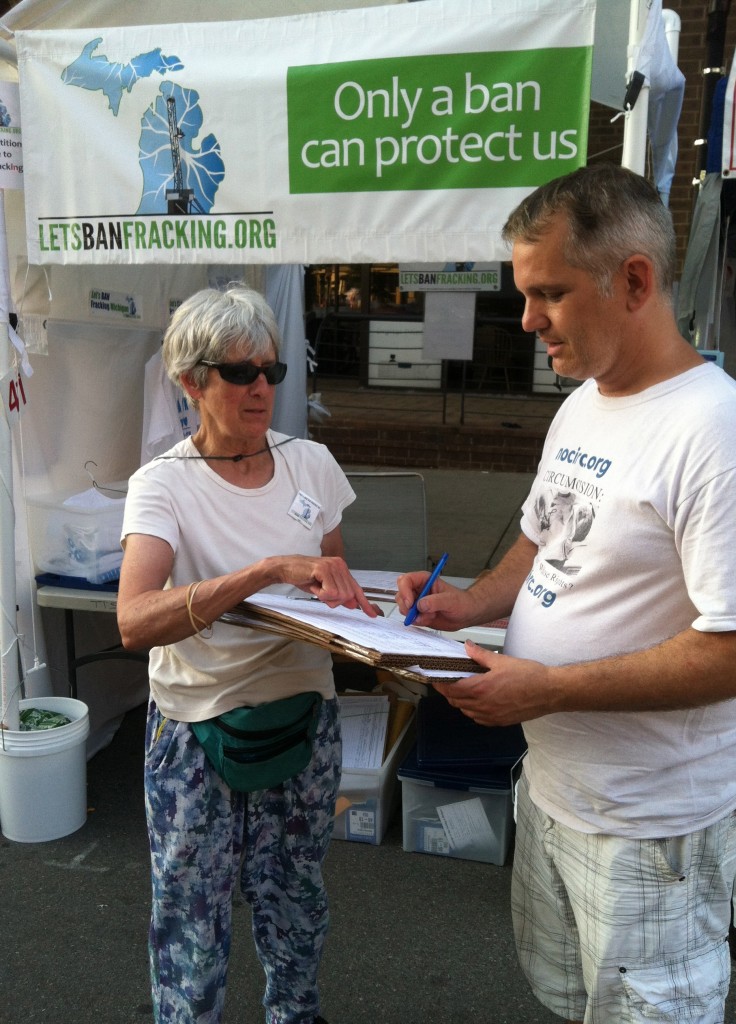


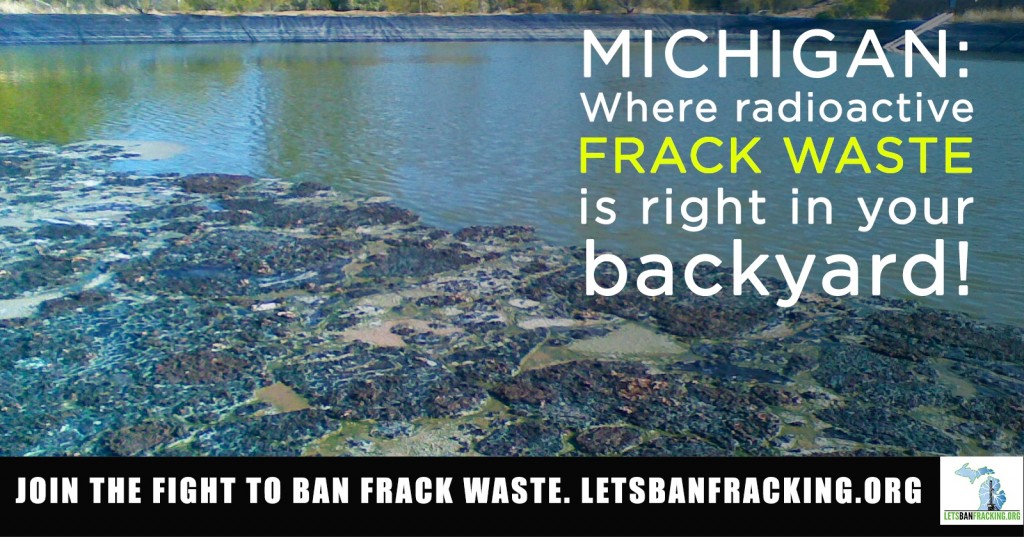

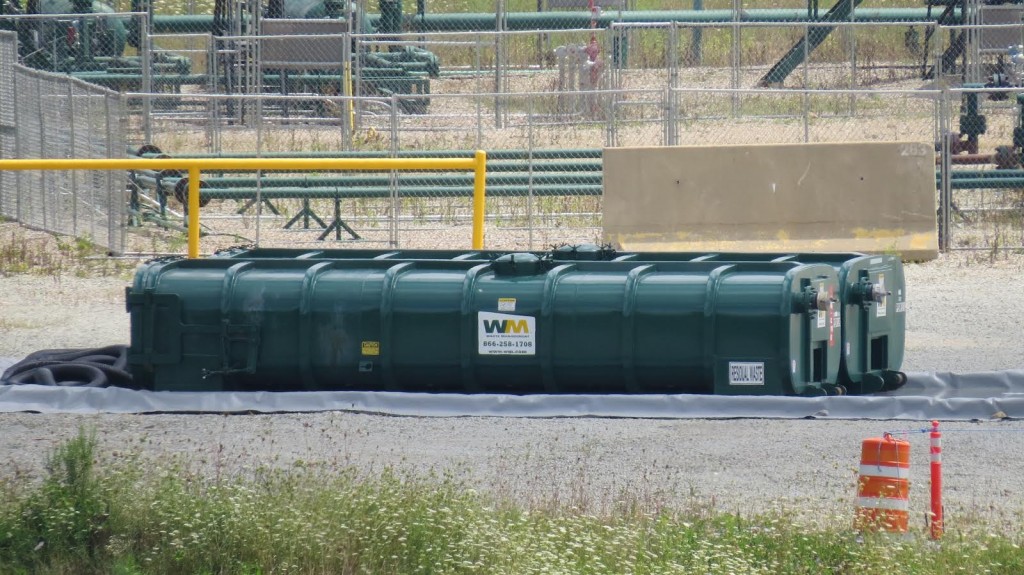

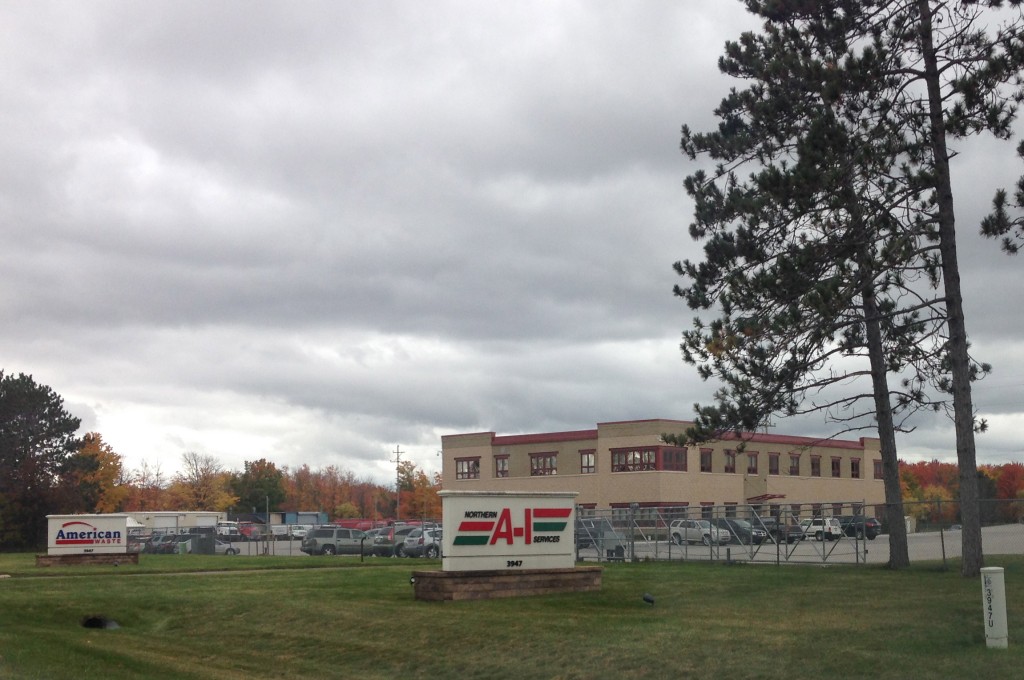
 Westerman well in Kalkaska County, Michigan. Photo by Ban Michigan Fracking.[/caption]
Westerman well in Kalkaska County, Michigan. Photo by Ban Michigan Fracking.[/caption]
